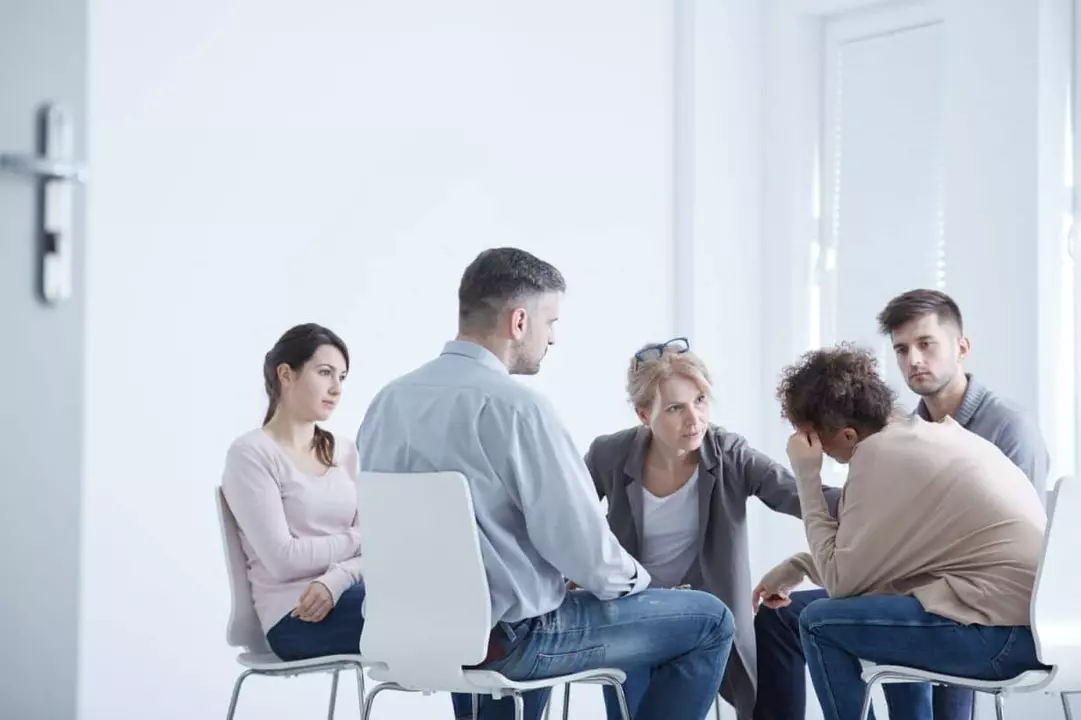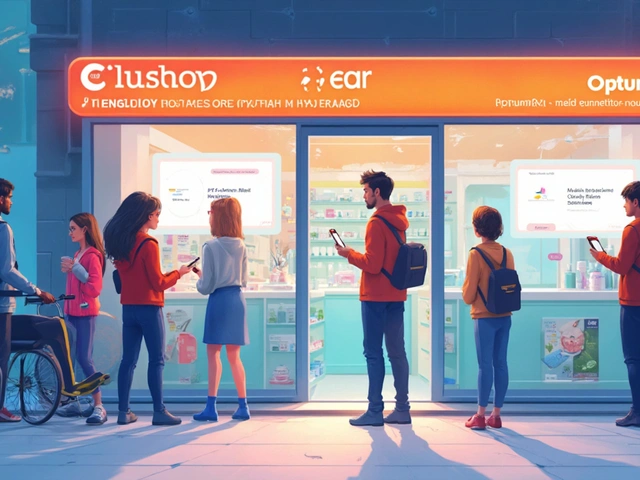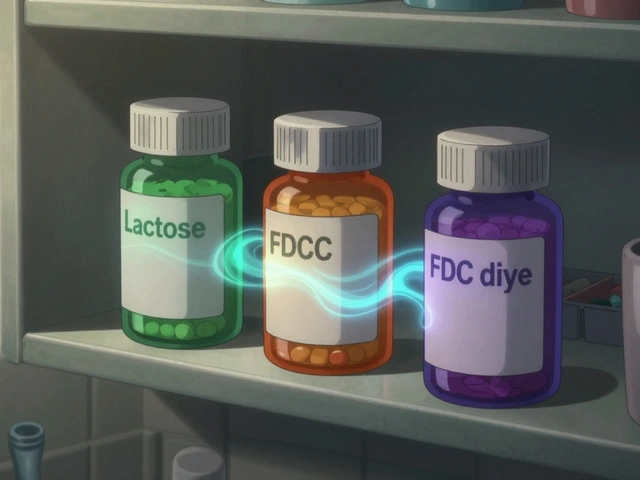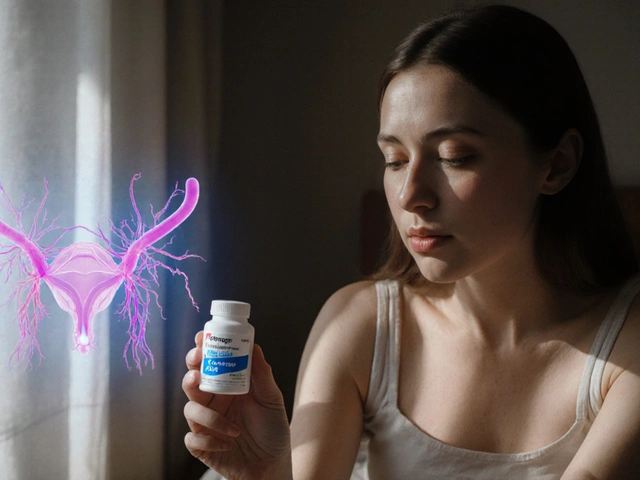Opioid addiction: how to spot it, get help, and act in an overdose
Opioid addiction can start quietly — a prescribed pain pill or a weekend experiment — and escalate fast. If you or someone you care about is using more than intended, missing work, hiding use, or chasing the same high despite harm, those are red flags. Tolerance (needing more for the same effect), withdrawal symptoms when stopping, and losing interest in normal life are strong signs that professional help is needed.
There’s no one-size-fits-all fix, but effective treatments exist. Medication-assisted treatment (MAT) uses drugs like buprenorphine, methadone, or naltrexone together with counseling. Buprenorphine reduces cravings and withdrawal with a lower overdose risk; methadone is tightly regulated and effective for long-term stabilization; naltrexone blocks opioids entirely and works for people fully detoxed. Talk to a doctor or local clinic to see which fits your situation.
Immediate steps if you’re worried about someone
If someone is struggling now, start simple: be nonjudgmental, ask direct questions about use and past overdoses, and encourage a medical evaluation. Offer to call a healthcare provider or accompany them to an appointment. If cost or privacy is a concern, many communities have low-cost clinics, harm-reduction centers, or phone lines that can point you to treatment options.
What to do in an overdose
An opioid overdose often shows slow or shallow breathing, pinpoint pupils, limp body, and unresponsiveness. If you suspect an overdose, call emergency services immediately. If naloxone (Narcan) is available, give it — it quickly reverses opioid effects and can save a life. After naloxone, keep the person breathing and awake if possible; rescue breaths or CPR may be needed until help arrives. Even if they wake up, they still need medical attention — naloxone wears off faster than some opioids.
Practical harm-reduction steps lower immediate risk. Never use alone; carry or keep naloxone nearby; avoid mixing opioids with alcohol or benzodiazepines; store meds securely and dispose of unused pills. Fentanyl test strips can detect dangerous contamination in street drugs. If injection is involved, use clean needles and local syringe services to cut infection risk.
Longer-term recovery mixes medical care with real-life supports. Counseling, peer support groups, stable housing, and job or education help matter as much as medication. Recovery is often a process of small changes — keeping appointments, reducing triggers, and building a routine. Celebrate small wins and ask for help when relapse happens; it’s part of the journey for many people.
Finding help: start with your primary care doctor, local addiction clinic, or health department. Search for medication-assisted treatment providers or call national and local helplines for immediate guidance. If you’re outside the US, contact your country’s health service or local mental health organizations — they’ll point you to local resources.
You don’t have to manage this alone. Quick action in an overdose can save a life, and the right treatment can restore health and daily function. Reach out, get a medical plan, and use the practical tools above to lower risk today.

The Role of Peer Support in Overcoming Opioid Addiction
As a blogger, I've come to understand the significant role that peer support plays in overcoming opioid addiction. Through shared experiences and understanding, peer support helps individuals feel less isolated and more empowered to face the challenges of addiction. This type of support can also provide practical advice, coping strategies, and valuable resources for those on the road to recovery. I've seen firsthand how peer support can foster hope and inspire change in the lives of individuals struggling with opioid addiction. Let's continue to promote and encourage peer support as a vital component in the fight against this devastating epidemic.
Detail




